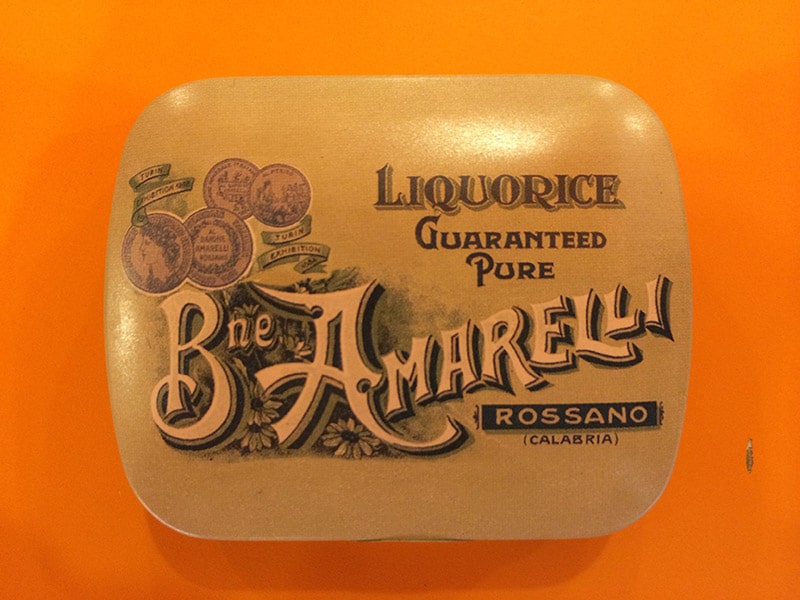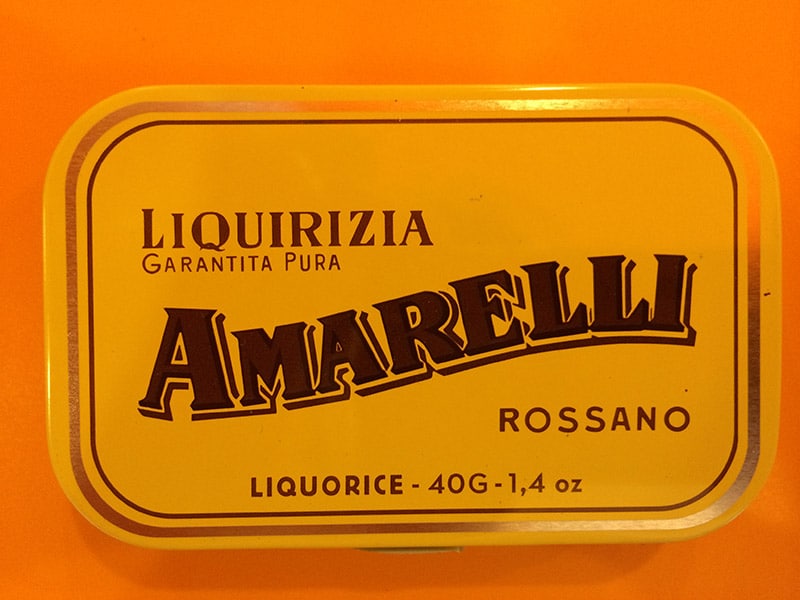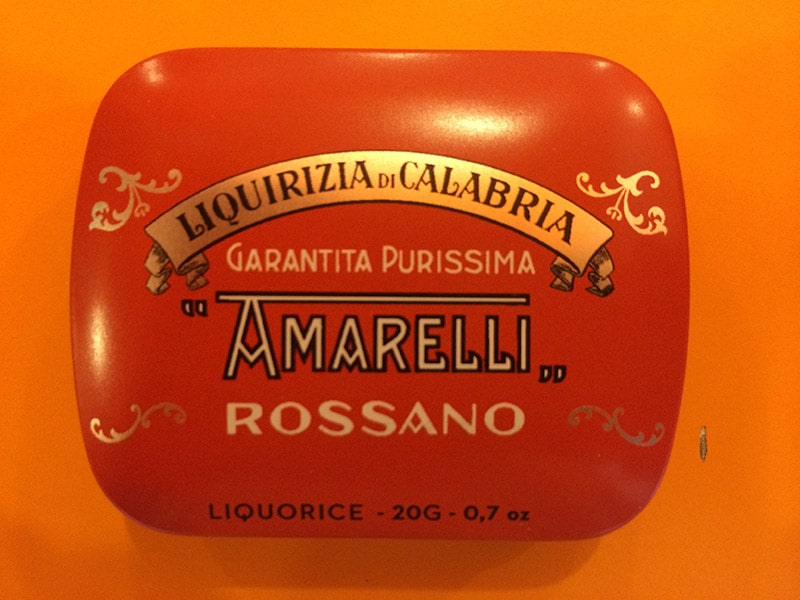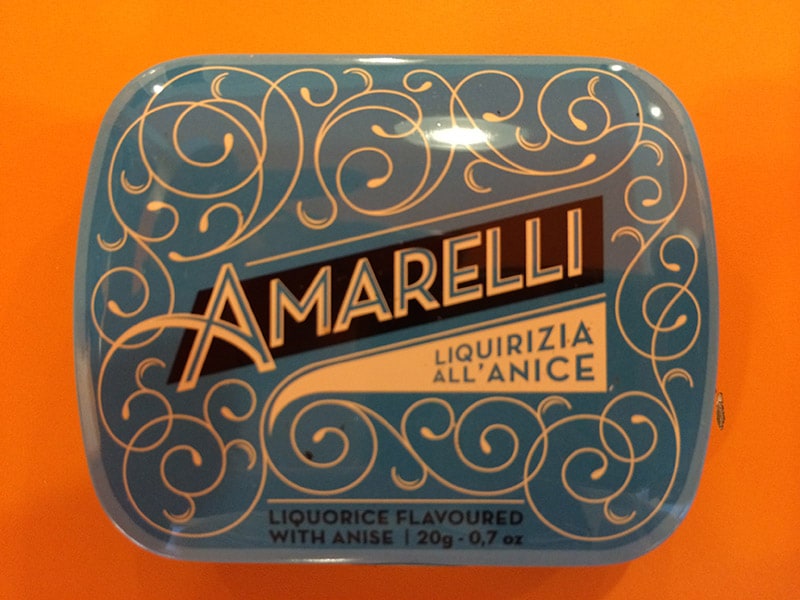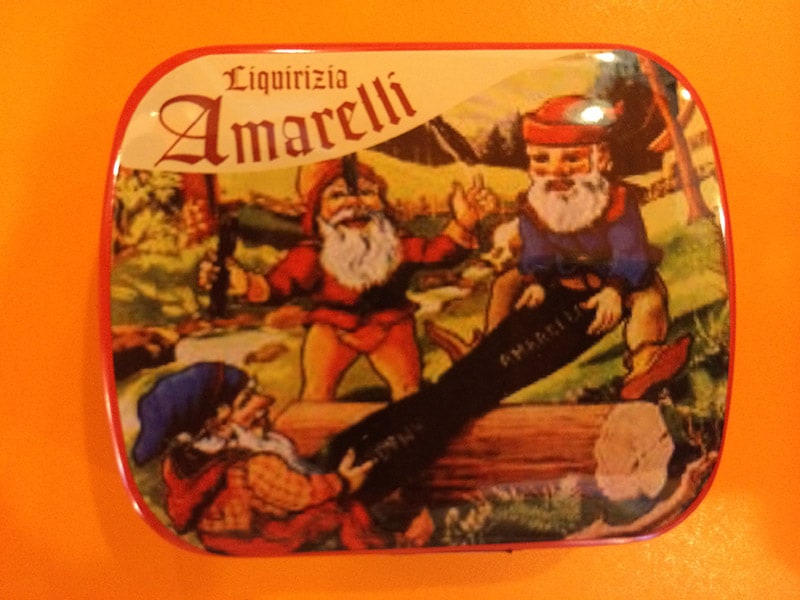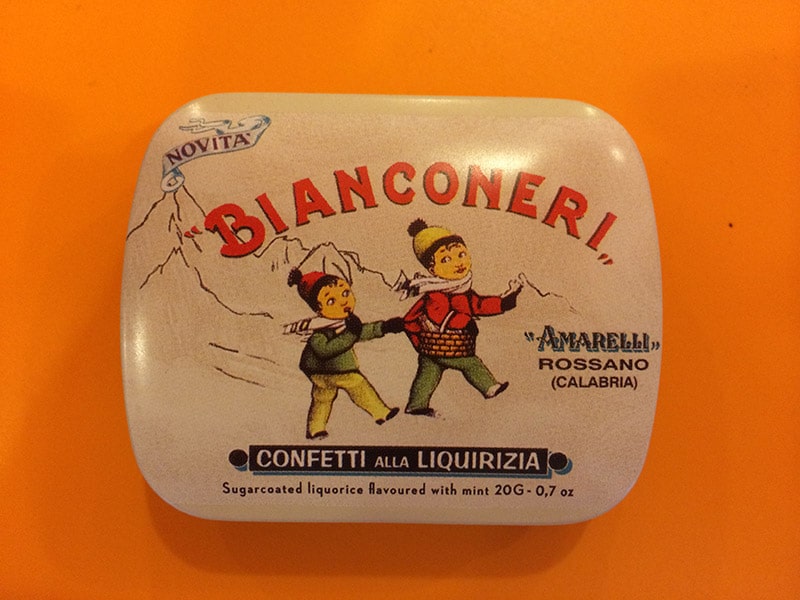One of my favorite taste as a kid was liquorice whether my mouth would host it in the form of candy, string, wheel, chewing gum, or even ice cream.The appearance was always attractive, black, shiny and rubbery and the aroma even more surprising. Some pure licorice candy were even too intense for an immature palate but anyway irresistible.
And I loved to look at myself in the mirror, after enjoying a whole stick, my tongue stained black.
The liquorice plant has something magical indeed and boasts an ancient relationship with the human being who has always used it as a remedy for a number of different ailments.Some was even found in the tomb of Pharaoh Tutankhamen as essential food for the trip after his death. In ancient times it was held in the highest esteem by physicians: Hippocrates, Galen, Dioscorides, Theophrastus and Pliny would consider it as the best remedy to combat sore liver, gastritis, renal colic, coughs and convulse and as an ointment, excellent for healing wounds thanks to its strong antiseptic power.
But the virtues that made it more popular in the old time was its refreshing power; think that the Scythian, eating only goat cheese and liquorice, could walk for more than ten hours in the desert, under the hot sun and the scorching heat, without suffering at all from thirst.Liquorice was, for centuries, almost only used in pharmacopoeia: you could only buy it in pharmacies, chopped in little wood pieces, and it was very expensive.
In addition to its medical qualities liquorice was a very powerful sweetener:
the scientific name of the plant confirms it: glycyrrhiza, from the greek glucos, sweet and riza root.
It seems incredible, but its sweetness surpasses some fifty times that of sugar, and is so powerful that a small piece of liquorice left to macerate in 20,000 liters of water is always able to perceive its distinctive flavor. And the thing that I find most fascinating is that its roots penetrate so deeply in the ground that in the old times it was thought to reach hell.
I never stopped liking it till my high blood pressure convinced me it was time to stop chewing “black gold” briquettes!
The other day I was in front of a candy store meditating whether to buy some “confetti” (and one day I’m going to introduce you to the wonders of this sweet, unique and true purpose of my attendance at baptisms and weddings) when I saw these beautiful boxes lined up in the window.
Amarelli is probably the most famous Italian liquorice producer and the company has a very interesting story to tell.
This family from Calabria, in the deep south of Italy, whose origins are already documented at the time of the Crusades in Palestine, in 1500 began to commercialize this root that grows spontaneously in the surrounding area.
After many vicissitudes and transformations in 1731 they founded the current “ashlar” (concio) Amarelli for the production of liquorice.
The barons Amarelli are still the only owner of the factory and despite the three centuries past and many crisis under the belt they have kept their own tradition and the excellence of their product which is now accessible on the web.
In order to honor my long lasting love for liquorice I give you a precious recipe to impress your friend:
RISOTTO ALLA LIQUIRIZIA
Preparation:
Bring to boil 1 and a half a liter of water with 1 onion, 1 carrot and a stalk of celery. Add some salt and when your broth is ready you can use it to cook the rice.
In a large saucepan, melt 30g of butter and two spoons of e.v.o.; add the rice (2 fists each person, possibly Carnaroli) and toast over medium heat for a few minutes.
Sprinkle the rice with 1/2 glass of dry white wine and stir so that the alcohol evaporates.
Add a ladle of broth and continue cooking over low heat, stirring with a wooden spoon and making sure to moisten the rice from time to time.
Once the rice has reached the desired degree of cooking (+/- 20 minutes) stir in the Parmesan cheese, a little more butter and a bit of grated untreated lemon peel.
Season with salt if necessary, put the risotto on your serving dish and sprinkle it with black liquorice powder before serving.
These two tastes, lemon peel and liquorice, added to a very simple risotto, should be just a delicate scent that you can perceive, paying attention not to overwhelm the “tranquility” of the rice.
Buon appetito from Betti!
[socialWarfare]

